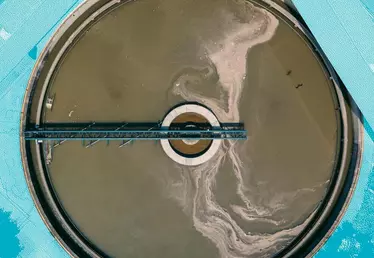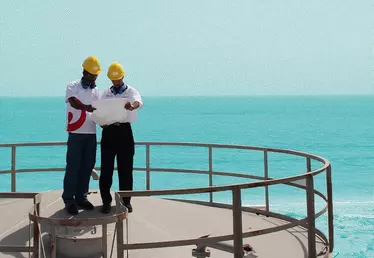

Hero banner custom title
Can we make water?
4 min
Nature is one of the best sources of inspiration to develop water harvesting technologies that can potentially be used the world over.
While it’s true that the chemical structure of water (two hydrogen molecules and one oxygen molecule) is very straightforward, recreating it has proven difficult. First of all, producing large amounts of pure oxygen and hydrogen is expensive and requires a lot of energy. Second, combining the two gases is very risky as it produces a lot of energy in the form of an explosion. “We could probably get the cost of producing hydrogen to come down and we could come up with solutions to minimize the risk of an uncontrolled explosion,” says Hannah Safford, an Environmental engineer at the University of California Davis, “but it's just not worth it because there’s a lot of lower hanging fruit”.
The power of the sequoia
So instead of creating water from scratch, experts are looking into different ways of harvesting water. These promising methods do not include water reuse or recycling, but rather focus on “bio inspired” solutions that extract existing water from the air. For example, the majestic sequoia tree has a little known super power: it can create water out of thin air. The way its needles are aligned and spaced out pulls water droplets from the air to hydrate the tree. In foggy or humid regions, for example, researchers have designed various physical systems that mimic this natural survival mechanism ౼ from large mesh panels to thin vertical wires in a harp-like structure, or solid surfaces with microscopic grooves ౼ to collect microscopic water droplets suspended in the air. Droplets condense and combine to form larger and larger droplets that eventually trickle down into a receptacle. The best part? “The water is potable,” says Safford. “Likely for drinking purposes, you'd still do a final disinfection treatment step (i.e., chlorination or ozonation), but it wouldn't typically need more than that.”
In arid climates, the process is a bit more complex. Before collecting water droplets, researchers must first convert gaseous water in the air into liquid form. “Some approaches are inspired by nature ౼ such as cloud formation, where a warm air layer meets a cool air layer and condenses into a cloud, pulling water from the gaseous to liquid phase,” says Safford.
The needles on a sequoia tree can create water out of thin air.
Each environment presents a different challenge
The most significant harvesting hurdle is changing climate ౼ for instance summer months versus winter months or arid climates versus tropical climates. Each environment presents a different set of challenges and requires a specific solution. To meet these demands, scientists are experimenting with the structure, coating and geometry of different types of mesh in order to most efficiently attract and funnel precious water droplets.
“Air is everywhere, and all air has moisture in it.”
“This process is currently in the ‘Valley of Death’ phase,” says Safford. “We understand the technology and the process has been carried out successfully in labs and various pilot projects. It is now a matter of optimizing the technology and figuring out a business model that gets over the three key hurdles of cost, durability and scalability.” But Safford remains very hopeful. She expects to see wide rollouts begin in areas where more advanced methods of waste water treatment and desalination are not as feasible ౼ in rural or landlocked areas.
“Air is everywhere,” says Safford, “and all air has moisture in it”. And that is good news, especially when we consider that water scarcity is a universal problem that reaches into even the swankies of neighborhoods and impacts nearly every ecosystem around the world.
Share it:













